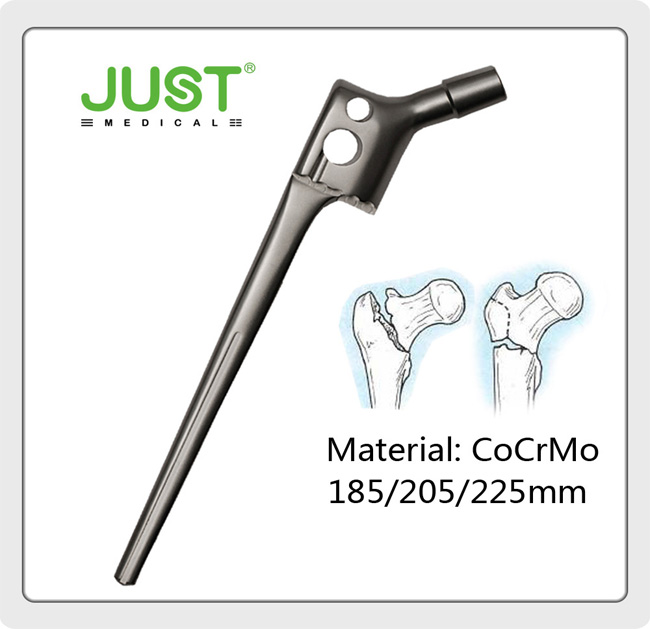The Importance of the Hip Joint
 Nov. 18, 2020
Nov. 18, 2020
The hip joint of the human body is composed of a sphere (femoral head) and a cup (acetabulum). It is the joint that connects the thigh bone and the pelvis, and it is also an important joint that bears the heaviest force on the whole body.
Hip joint-a fully movable joint that maintains human mobility. The hip joint is an important joint connecting the thigh bone and the pelvis. While supporting the upper body, it is also responsible for all the activities of the lower body.
The main feature of the hip joint is that it can freely make all-round rotations forward, backward, left, and right, so it is called a "full-motion joint". With the hip joint, we can lift our legs, lift our feet, and walk at will. Even bending over and turning the upper body must use the hip joint. It can be said that the hip joint is an important joint indispensable for maintaining human movement.
When the hip joint system is in a normal state, the balance of the pelvis can be maintained; when the balance of the pelvis is maintained, the vertebral socket can be supported by the pelvis, so it can bend, stand and twist steadily without tilting to the left or right. Therefore, in other words, having a normal hip joint state that enables the human body to maintain a healthy and non-deformed skeleton is an important key to developing a good posture.
The effect of hip rotation
The hip joint can be called a full-movement joint, and it is also an extremely unstable joint. In the process of exercise, the hip joint may bear a great burden. Even the habit of twisting or bending at a certain angle in daily life can cause the hip joint to tilt and form an imbalance that affects the whole body.
The reason for this situation is that the thigh bone is embedded in the hip joint at an angle of 130 degrees. When the thigh is rotated and bent, the length of the leg will be lengthened and shortened. If the hip joint is not used correctly for a long time, and the hip joint on one side is expanded or rotated, the length of the two feet will be different, which is called "false extension of the foot" in medicine.
Important causes of spinal deformity. Dislocation of the hip is an important factor! The reason why the spine deforms is usually caused by dislocation of the hip joint, and the causes of dislocation of the hip joint can be roughly divided into congenital problems and acquired bad habits.

90% of people have pathological balance problems
For humans who walk and stand on two feet, the hip joint has played a considerable role in daily life. Since the hip joint plays a pivotal role in maintaining the upper limbs and lower body, it is necessary to control the hip joint. The state of balance becomes more difficult.
The hip joint will not only be affected by foot movements but even twisting and bending of the upper body may be the cause of the hip joint skew. However, in daily life, it is almost difficult to maintain a complete balance between left and right. For example, right-handed people are usually accustomed to using the right side to do things, carrying heavy objects are often carried with a single hand hanging down, and it is mostly a fixed habit when the feet are lifted. In this way, over time, it will gradually cause dislocation of the hip joint. Therefore, according to medical statistics, about 90% of people have a slight spinal skew problem, and only 10% have a healthy spine.
Dislocation of the hip! Congenital or acquired?
The causes of hip dislocation can be roughly divided into congenital and acquired.
Congenital refers to the crooked condition seen in children under 7 years of age. Because the fetus is curled up in the mother’s womb, coupled with the pulling behavior during delivery, newborns usually have mild "O" leg or "X" leg symptoms at birth, and such symptoms can occur at the age of 2 Relieved before and returned to normal conditions. If the deformity is judged to be severe by the doctor at birth, it must be corrected immediately; or after the age of 2 years, the original slight skew phenomenon has not been alleviated, but worsened. At this time, other correction methods are needed to adjust.
Acquired dislocations are caused by improper posture in childhood and improper posture in adults. For example, when changing diapers during infancy, if you often raise only one foot, or frequently perform unilateral vigorous exercises (such as tennis, volleyball, football), unilateral hip skew is more likely to form; if you use the pelvis for a long time Excessive stretching and closing of both sides can easily cause dislocation of the hip joints on both sides.













